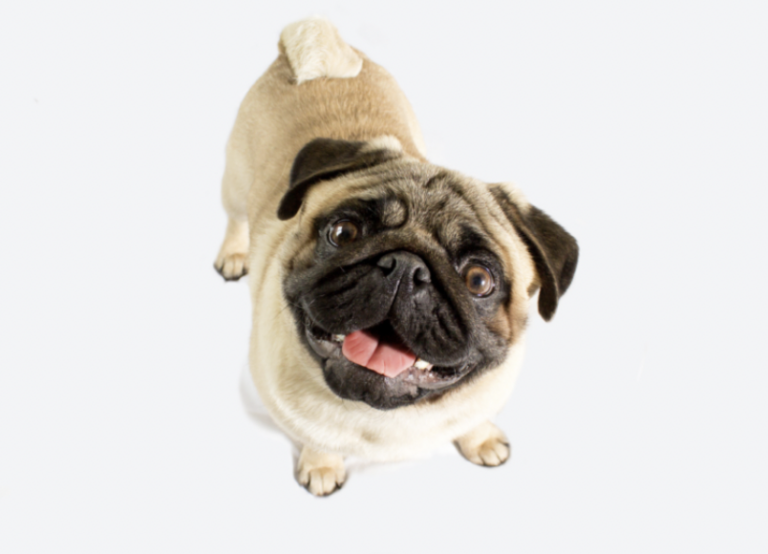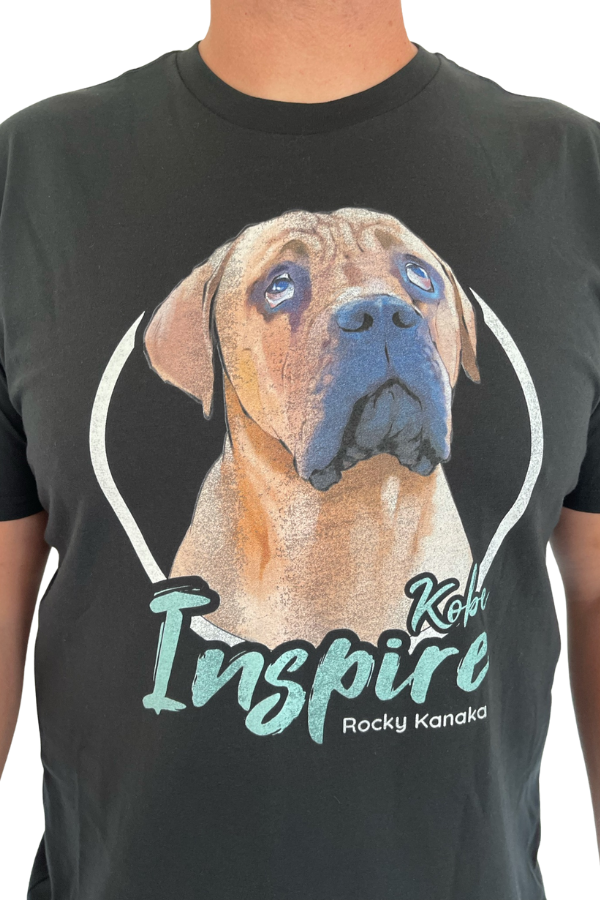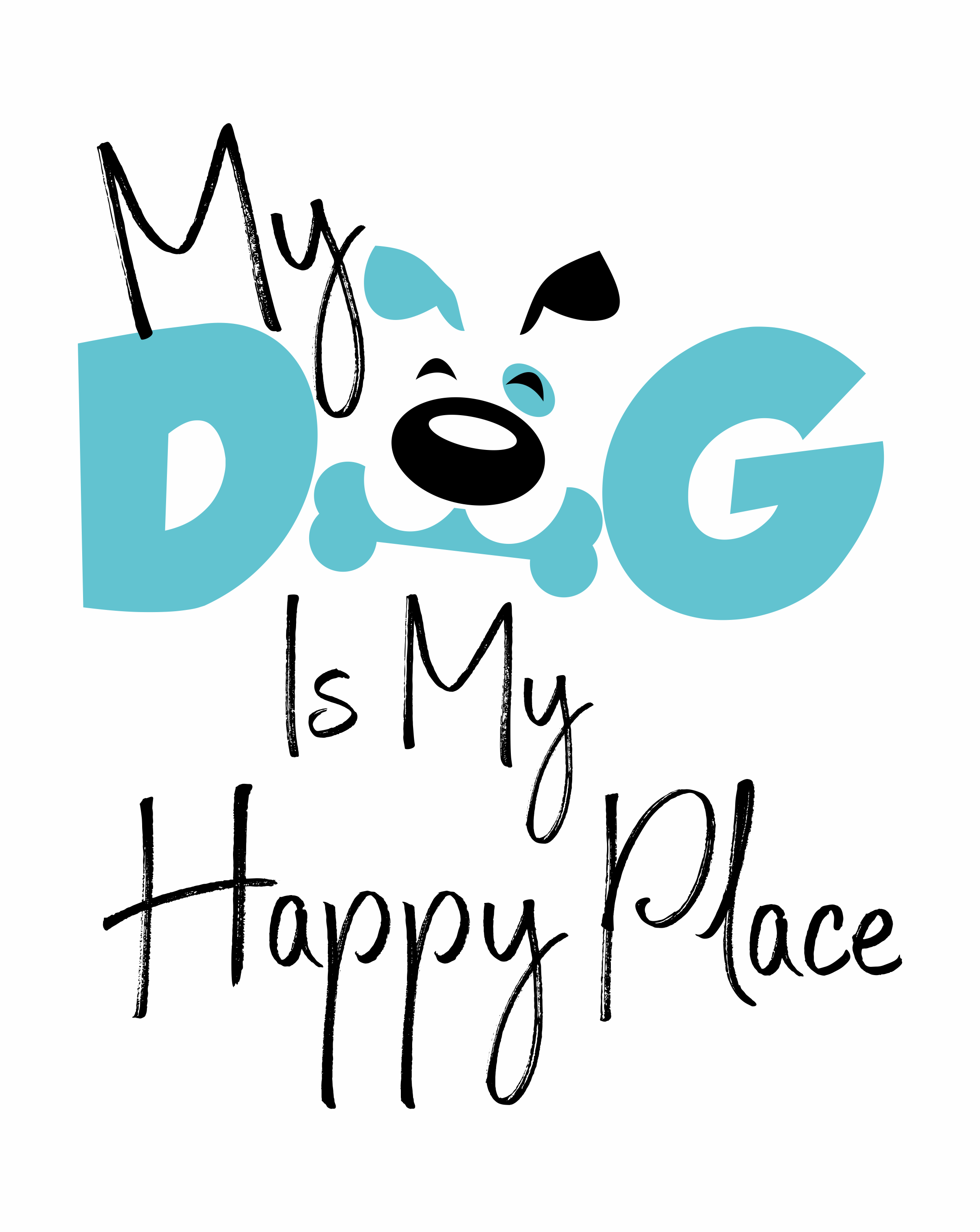The Longevity Link: How the Shape of Your Dog’s Face Affects Their Life Span
A recent study has shed light on how long dogs typically live and how much humans affect their lifespan. Most dogs live between 10 and 13 years, and interestingly, the type of dog they are really matters. This research, published in Scientific Reports, looked at over 580,000 dogs from 150 different breeds in the UK. It found that a dog’s breed, size, and even the shape of its face can influence how long it lives.

These Dogs Live the Longest
The study found that the median life expectancy for dogs is 12.5 years, the dogs with the longest life expectancy were all pure breeds, like Shiba Inus, Lancashire heelers, Lakeland terriers and Tiebetan spaniels. Life expectancy for these breeds can be up to 14.5 years!

Contrary to popular belief, purebreds live longer than crossbreeds, with the study finding the median lifespan for purebreds was 0.70 years longer than crossbreeds.
Size and Shape Plays a Big Role
It should come as no surprise that smaller dogs tend to live larger dogs, and female dogs tend to live longer dogs. This is similar to many other species – including humans! Larger dogs, like mastiffs and St. Bernards were found to have shorter lifespans, and male dogs live 0.3 years less than female dogs on average.

However, unlike humans, the shape of a dog’s head also plays a factor in life span. Flat-faced breeds tend to have a shorter life expectancy than their long-nosed counterparts. For instance, French bulldogs and pugs have a 40% increased risk of early death compared to dogs with medium-length faces, like golden retrievers or Labradors.
And yes, humans may have had a role in this.
The Human Factor
Artificial breeding has shortened the longevity of some dogs, as inherited disorders are a contributing factor to the shorter lifespan of some dogs – which is why the dogs with longer life expectancies are all pure breeds.
Flat-faced breeds tend to be at more of a risk for heart disease and breathing problems, for example. Nearly 700 inherited disorders, such as hip dysplasia and endocrine disorders have been found in domestic dogs.

But the good news is that as humans become more conscious about the issues that come with artificial breeding, humans are now breeding more consciously. Some breeds, such as Retro Pugs, are an effort to alleviate some of the genetic disorders that pugs have suffered from due to breeding, such as back problems from tightly curled tails – and they’re just as cute as regular pugs!
What This Means for Your Dog

The author of the study wants this information to help humans make better choices about what kind of dog they might get – and to help dog owners take better care of the pets they already have. “These dogs are members of our family,” author of the study Kirsten M. McMillan told Business Insider. “We want to ensure that we’re providing them with long, happy and healthy lives.”
A big factor in longevity – regardless the species – is being able to manage the eating process. Knowing the life expectancy of a dog and what types of health problems he might encounter as he ages can help owners give their dogs better care just because they’re more informed. As they say, knowledge is power – and dog owners have the power to give their dogs a healthier life.
Related Posts:
- How Much Do You Know About Dogs? Take Our Quiz!
- Pet Owners Share These 7 Defining Personality Traits, Says Science
- 5 Dog Breeds Most Targeted By Dognappers, According to Recent Studies




